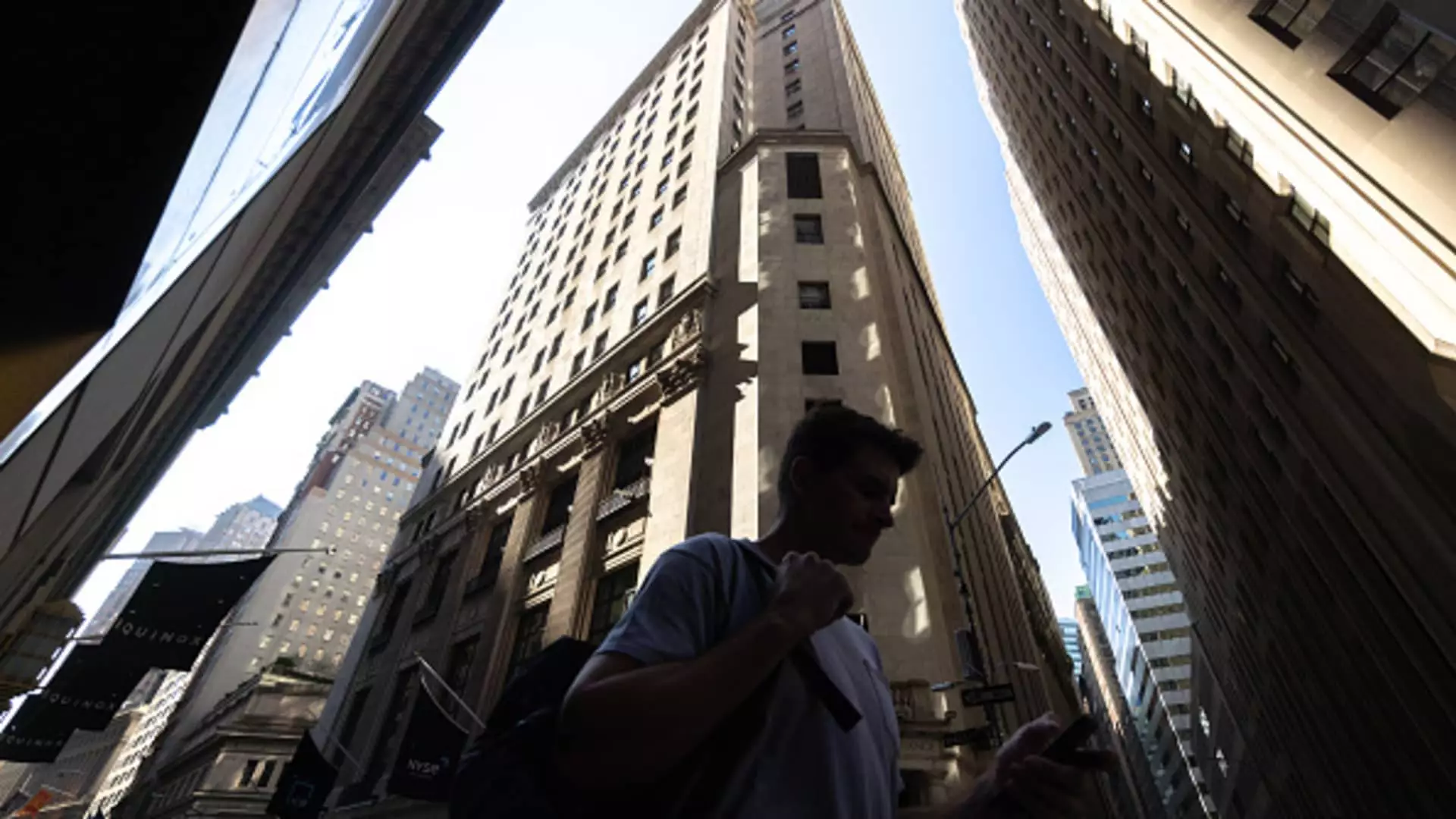The head of asset allocation research at Goldman Sachs, Christian Mueller-Glissmann, recently expressed concern about the rapid return of market confidence following a significant global sell-off in risky assets. In a discussion with CNBC’s “Squawk Box Europe,” Mueller-Glissmann likened the early August stocks slump to a warning shot, highlighting the dangers of complacency in the face of a fast recovery. Despite initial worries over a possible U.S. recession and the unwinding of carry trades, the market quickly shifted its focus to expectations of interest rate cuts from the Federal Reserve and positive U.S. economic data. This shift led to a sharp rebound, with the S&P 500 jumping 8% and the Dow Jones climbing more than 6% since August 5.
Mueller-Glissmann stressed the importance of understanding the context of the market reaction on August 5. While he acknowledged that it presented a buying opportunity due to a technical overreaction, he also emphasized that the quick return to pre-sell-off levels was cause for concern. He noted that risky assets had fully recovered, while safe assets such as bonds, gold, yen, and Swiss franc had not sold off. This discrepancy indicated a lingering caution among investors, despite the market’s rapid recovery. Mueller-Glissmann pointed out that risk appetite had not fully returned to previous levels, suggesting that investors were not as complacent as they were before the sell-off.
As an advocate for a 60/40 portfolio, Mueller-Glissmann highlighted the resilience of a balanced portfolio during volatile market conditions. He noted that the bond market had effectively buffered most of the drawdown during the sell-off, limiting the impact on the overall portfolio. However, he cautioned that the current lack of buffer from bonds could pose risks in the near term. With stocks quickly recovering and the potential for future market uncertainty, Mueller-Glissmann advised investors to exercise caution with their risk exposure. He pointed out that while the 60/40 portfolio had weathered the recent storm well, the reliance on bonds for protection might not be as reliable going forward.
Looking ahead, market participants are eagerly awaiting the release of key U.S. inflation data to gauge the health of the economy. Fed Chair Jerome Powell’s recent comments about adjusting policy have fueled expectations of a rate cut at the central bank’s September meeting. However, Powell refrained from providing specific details on the timing or extent of the cut, leaving some uncertainty in the market. Mueller-Glissmann noted that the challenge for investors lies in striking a balance between capitalizing on market opportunities and managing potential risks amid ongoing economic and geopolitical uncertainties.
The speedy return of market confidence following a sharp sell-off in risky assets should not overshadow the underlying risks and uncertainties that persist in the global financial landscape. While the market’s resilience and quick recovery are commendable, investors must remain vigilant and exercise caution in their decision-making. By understanding the dynamics of the market, assessing risk appetite, and diversifying portfolios effectively, investors can navigate the challenges and opportunities presented by volatile market conditions.


Leave a Reply